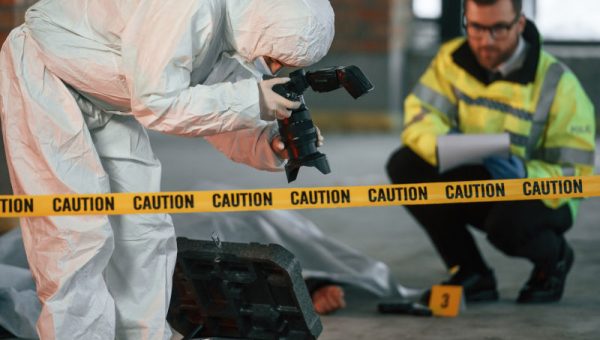When facing criminal charges, understanding the bail process can be daunting. The team at McConnell and Saldumbide is here to help guide you through this complex aspect of the legal system. To start, it’s crucial to understand that bail is fundamentally a written agreement promising that you’ll appear in court at the necessary times as your legal proceedings continue. This agreement permits an individual to remain in their community while awaiting the resolution of their charges.
Setting the Rules: The Bail Act 1980
Bail conditions are governed by the Bail Act 1980, and these can involve various stipulations, such as a curfew, a residential condition, or a reporting requirement. These conditions aim to mitigate any potential risks associated with releasing the accused person back into the community.
The Two Types of Bail
- Watchhouse Bail: After an arrest and charge, the police may grant what is known as ‘Watchhouse Bail.’ This involves the accused person signing a bail undertaking and agreeing to attend court on a specified date, complying with all other conditions outlined in the undertaking.
- Court Bail: If watchhouse bail is not granted, the accused can apply to the court for bail. The court will then assess the circumstances and decide whether the person can stay in the community while the case proceeds.
What Factors Affect the Granting of Bail?
Under Section 16 of the Bail Act QLD, the court must consider several factors when deciding whether to grant bail. These include the accused’s risk of failing to appear at future court dates, the risk of committing an offence or endangering the safety of others, the strength of the evidence and Crown case, and the accused’s criminal history and personal circumstances.
The court or police officer granting bail can set specific conditions to address potential risks associated with releasing the accused into the community. These conditions can range from curfew requirements to restrictions on contacting certain people. In some cases, the court may require a “surety,” which involves agreeing to forfeit a sum of money or property if the defendant fails to comply with bail conditions.
Changing Bail Conditions
If a person wishes to alter their bail conditions, they generally need to make a bail variation application to the court. However, in some cases, the police or the Office of the Director of Public Prosecutions (ODPP) can approve a bail variation, such as a change of address.
Applying for Bail in the Supreme Court
If a Magistrate refuses bail, the individual can apply for bail in the Supreme Court. Also, the Supreme Court is the only jurisdiction that may grant bail to persons charged with offences carrying mandatory life imprisonment sentences (e.g., murder).
Navigating the Show-Cause Bail Landscape
In addition to the types of bail and conditions previously discussed, it’s important to address the concept of show-cause bail. This is a distinct aspect of the bail process that arises in certain circumstances.
Show-cause bail is invoked when an accused is required to “show cause” as to why their detention in custody is not justified. This requirement is triggered in specific situations outlined in the Bail Act 1980. These can include, but are not limited to, when the accused is charged with a specific serious offence, if the accused was already on bail when the alleged offence was committed, or if the accused has previously failed to appear in court in response to a bail undertaking.
The onus is on the accused to provide compelling reasons or evidence as to why they should be granted bail despite these circumstances. This typically involves demonstrating that they are not a risk to the community and that they will comply with the conditions of their bail.
It’s important to note that satisfying the show-cause requirement doesn’t automatically result in bail being granted. Once the show-cause requirement is satisfied, the court will then consider whether the accused is an unacceptable risk under the usual bail considerations.
The M&S Advantage
At McConnell and Saldumbide Criminal Lawyers, we understand how crucial it is for our clients to remain in their community while their legal matters are resolved. With limited opportunities to apply for bail, having experienced legal counsel is paramount. For complex matters, we can arrange for an experienced barrister to ensure the best possible case is put forward for your bail application.
When it comes to bail applications, don’t navigate the legal system alone. Reach out to our experienced team who are ready to provide guidance and support, aiming for the best possible outcome for your situation.






